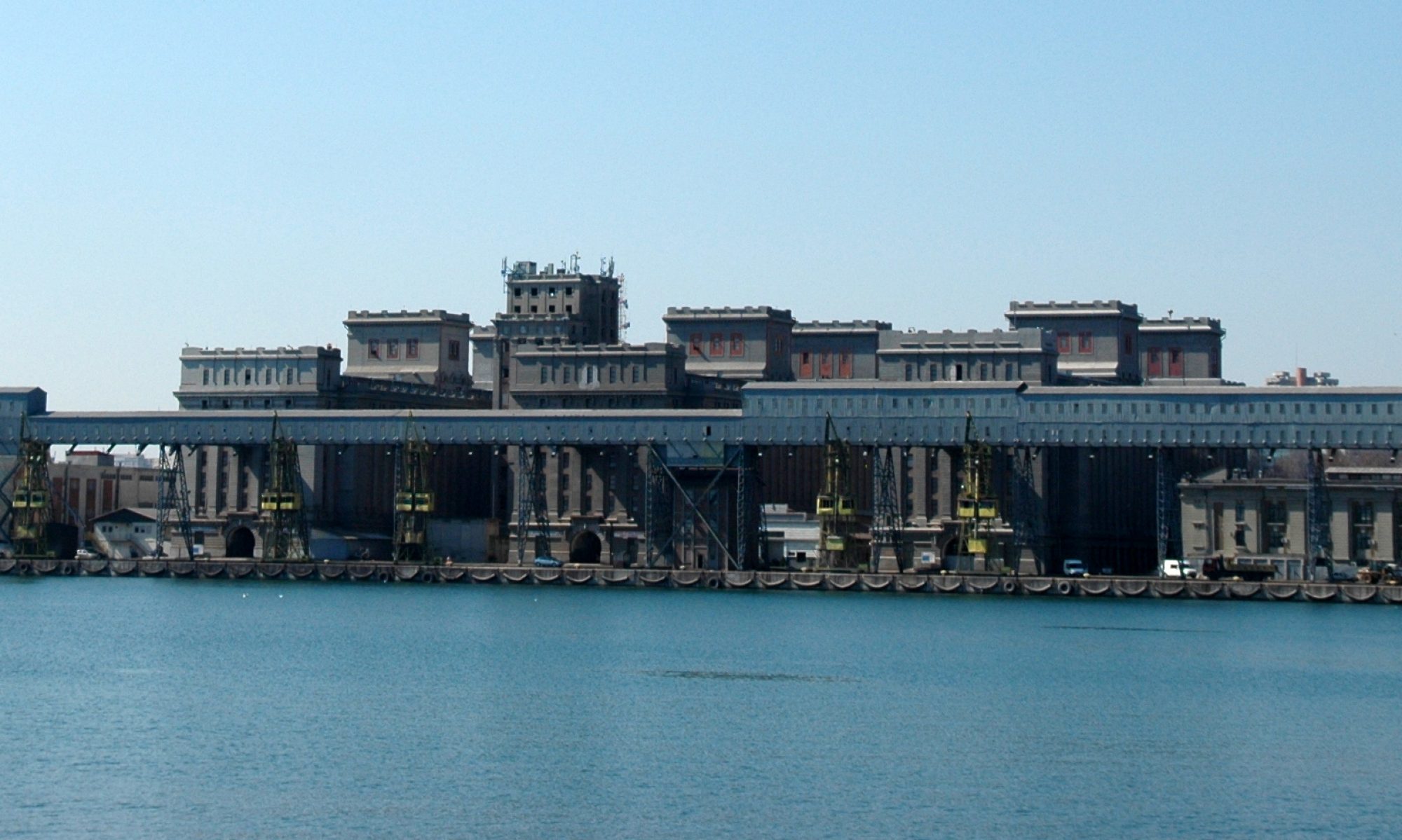
The Hotel Oloffson is an inn in central Port-au-Prince, Haiti. The main structure of the hotel is a late 19th century Gothic gingerbread mansion set in a lush tropical garden. The mansion was built as a residence for the powerful Sam family, including two former presidents of Haiti. The hotel was the real-life inspiration for the fictional Hotel Trianon in Graham Greene’s famous 1966 novel The Comedians.
Thursday night with RAM
“With its towers and balconies and wooden fretwork decorations it had the air at night of a Charles Addams house in a number of The New Yorker. You expected a witch to open the door to you or a maniac butler, with a bat dangling from the chandelier behind him. But in the sunlight or when the lights went on among the palms, it seemed fragile and period and pretty and absurd, an illustration from a book of fairy-tales.” – Graham Greene, The Comedians

It was constructed as a private home for the Sam family. The head of a prestigious and influential family in Port-au-Prince, Tirésias Simon Sam was president of Haiti from 1896 to 1902. The mansion was built by Tirésias’s son, Demosthenes Simon Sam. The Sams lived in the mansion until 1915, when their cousin Vilbrun Guillaume Sam was selected from among a group of powerful politicians to assume the post of president, the fifth president in five years. Guillaume would be president for a scant five months.

Sam had acted harshly against his political opponents, particularly the better educated and wealthier mulatto population. The epitome of his repressive measures came on July 27, 1915, when he ordered the execution of 167 political prisoners, including former president Zamor, who was being held in a Port-au-Prince jail. This infuriated the population, which rose up against Sam’s government as soon as news of the executions reached them. Sam fled to the French embassy, where he received asylum before being torn to pieces by an angry mob.

United States President Woodrow Wilson, concerned that the Haitian government might be seized by Rosalvo Bobo, who was thought to be sympathetic to the Germans, ordered the United States Marine Corps to seize Port-au-Prince. The occupation would eventually extend to the entire nation of Haiti. The Sam Mansion was used as a US military hospital for the duration of the occupation.

In 1935, when the occupation ended, the mansion was leased to Werner Gustav Oloffson, a Swedish sea captain from Germany, who converted the property into a hotel with his wife Margot and two sons Olaf and Egon. In the 1950s, Roger Coster, a French photographer, assumed the lease on the hotel and ran it with his Haitian wife, Laura. The hotel came to be known as the “Greenwich Village of the Tropics”, attracting actors, writers, and artists. Some of the suites in the hotel were named after the artists and writers who frequented the hotel, including Graham Greene, James Jones, Charles Addams, and Sir John Gielgud.

A Connecticut native, Al Seitz, acquired the hotel lease in 1960. During the 1970s and early 1980s, the hotel enjoyed a brief period of fame and good fortune. Celebrities such as Jacqueline Kennedy Onassis and Mick Jagger were regular guests, and like Coster before him, Seitz named favorite rooms at the hotel after the celebrity guests. After Al Seitz died in 1982, his widow, the former Suzanne Laury, continued to operate it. As the grip of Duvalierism closed over the country, however, the foreign tourist trade dried up. The hotel survived by serving as the desired residence for foreign reporters and foreign aid workers who needed secure lodging in the center of town.

In 1987, with the help of his half-brother Jean Max Sam, Richard A. Morse signed a 15 year lease to manage the Hotel Oloffson, then in near ruins after the final years of Duvalierism. In restoring the hotel business, Morse hired a local folkloric dance troupe and slowly converted it into a band. Richard Morse would become the songwriter and lead male vocalist and the name of band, RAM, comes from his initials.

Throughout the political upheaval of Haiti in the 1990s, RAM’s regular Thursday evening performance at the hotel became one of the few regular social events in Port-au-Prince in which individuals of various political positions and allegiances could congregate. Regular attendees of the performances included foreign guests at the hotel, members of the military, paramilitary attachés and former Tonton Macoutes, members of the press, diplomats, foreign aid workers, artists, and businessmen. Attendees included both black Haitians and members of the nation’s less populous racial groups.

During the January 12, 2010 Earthquake, the Hotel Oloffson was damaged. US photographer Teuila Minsky who was also staying in the Oloffson, told the New York Times that a wall at the front of the Hotel Oloffson had fallen, killing a passer-by, and that several neighboring buildings had collapsed. Richard Morse, using the social networking site Twitter, was a major source of news coming out of the disaster area in the early hours. In a Twitter post from January 12, he states “Our guests are sitting out in the driveway.. no serious damage here at the Oloffson but many large buildings nearby have collapsed.” The hotel appears open and continues to operate.

View down from the decading attic
all text from wikipedia and hotel webpage, see reference below

I'm really impressed with your writing skills and also with the layout on your weblog. Is this a paid theme or did you customize it yourself? Either way keep up the excellent quality writing, it’s rare to see a nice blog like this one these days…